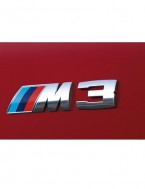
The S55 engine-equipped 2015 BMW M3 and M4 has been for sale for a while.
However, before looking at the below two technical documents from BMW, I bet you do not know the M3 and M4 in such depth. These two official documents provides precious details about these M cars and its heart: the S55 engine.
For example, some of the major differences between the S55 engine and the N55 engine (which is found in all BMW *35i models), are: 1. the S55 has closed deck crankcase, and the N55 is open deck; 2. the S55 has LDS-coated aluminum cylinder liners, while the N55 is using cast iron liners.
Download the documents for more insights.
Read More

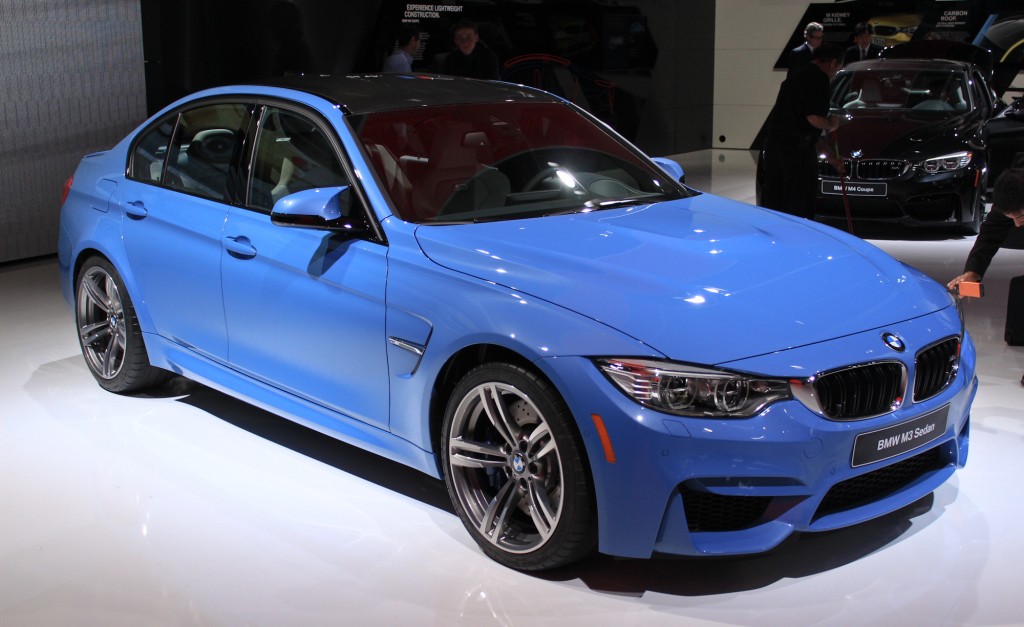
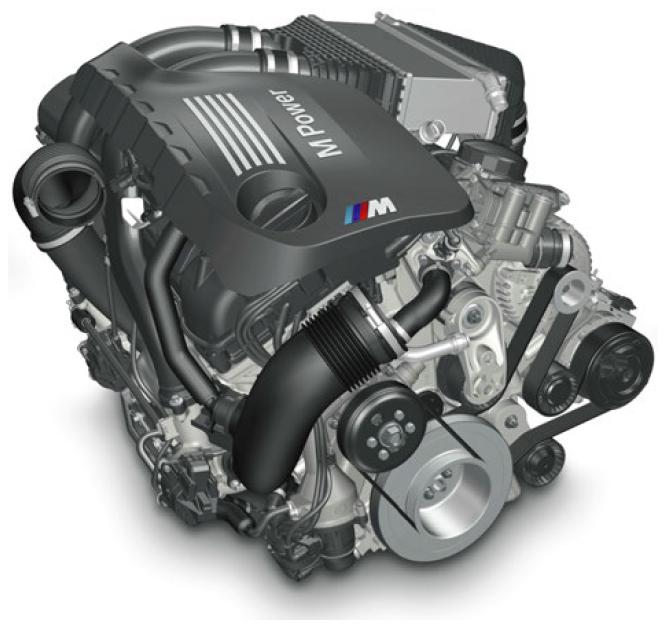
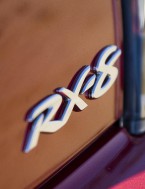
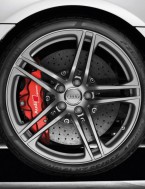
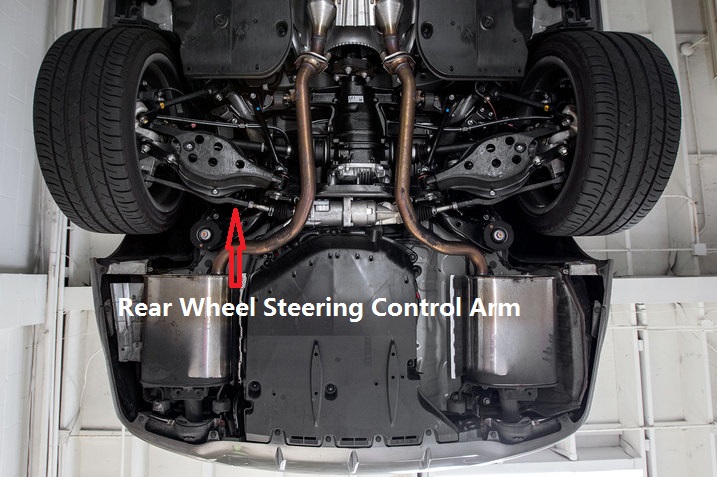
Recent Comments